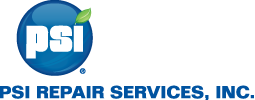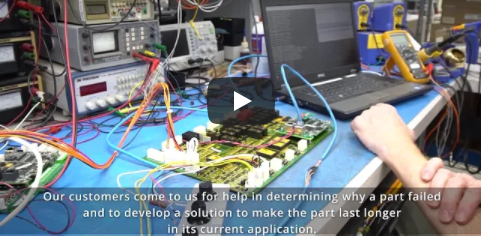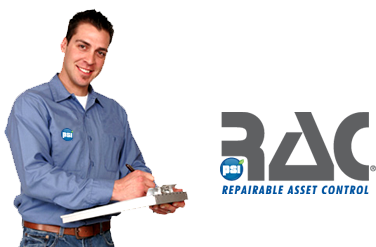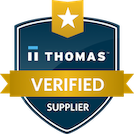When it comes to high-precision positioning for rotary-to-linear motion, the ball screw provides unequaled reliability and performance. These highly efficient components are commonly found on machine tools (CNC axis machines, Broaching machines, Milling machines, Hobbing machines, Grinding machines, Lathes, etc.), robots and precision assembly equipment (like a Semiconductor wafer transport system). They are also frequently found on aircraft and missiles.
Why do ball screws fail?
Ball screws fail for a variety of reasons, such as accidents resulting from electronic malfunctions, poor design (under capacity), too high preload, misalignment, environmental, operator error, poor maintenance and normal wear and tear over time.
Ball screw failure warning signs
If your ball screw shows signs of pitting or corrosion from contaminants, it is deteriorating. If it shows signs of heat discoloration and operates roughly (wobbles, chatters, growls, etc.), it is likely inadequately lubricated, misaligned and/or has worn/damaged bearings. If the ball screw suffers from excessive vibration, it likely has a bent screw shaft or misaligned bearing housings. If it is making a “clicking” sound, it is generally a sign of excessive build-up, or a broken/dented return tube. If the ball screw shows a loss of positioning accuracy, it is likely due to wear, contamination or endplay in the support bearings. If it displays excessive power draw, it likely has an excessive preload, ball recirculation problems or inadequate lubrication.
Tip: Even patterned brinelling marks in one location indicate a severe overload (trauma), such as a shock load or crash. It is quite likely that the return system may have suffered damage as well.
Should you repair or replace your ball screw?
Buying a new ball screw from the OEM is certainly an option, but a very pricey one. Since ball screws are machined from top quality material, hardened and ground to precision tolerances, they usually do not need replacing when worn. Therefore, it is cost-effective to seek service from a repair expert. How cost-effective is ball screw repair? In some cases, you can save up to 70% versus the cost of buying new from the OEM.
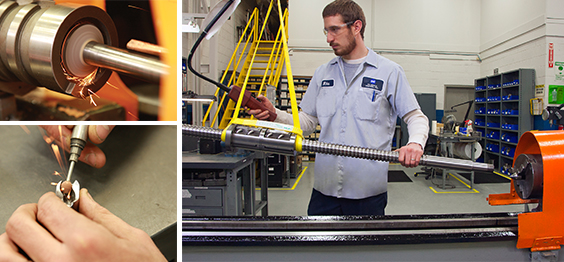
How to select a ball screw repair company
When evaluating ball screw repair companies, it is wise to seek out companies with a track record of success servicing all types of foreign and domestic ball screws. They should offer a free evaluation, along with these three service options: Reload (clean and polish the screw), Recondition (regrind the screw and/or ball nut) and Replacement (replace with new screw and/or nut). In other words, ask the company if they have the capability to regrind the screw and install new nuts, balls and seals. In addition, ask them if they produce new ball screws or offer remanufacturing services (not just reload) in the event that the ball screw is unsalvageable. And, in the event that one of your critical machines goes down, ask them if they offer emergency repairs, where a ball screw can be reassembled with minimal preload and used on a temporary basis until a replacement unit is received. If the repair company has a Surplus Parts Department, that is a nice bonus as well.
A credible ball screw repair company should be ISO 9001 certified and operate a full range of state-of-the-art ball screw repair equipment like CNC thread grinders, CNC 5-axis machining centers, CNC turning centers, ID/OD grinders and a laser lead checker, with resolution to 20 millionths of an inch. We also recommend that you ask the repair company if they have a Quality Assurance Department that will ensure that your repaired ball screw meets required tolerances and performance.
By following the above recommendations, your company will gain peace-of-mind that all your ball screw repair needs will be met by a professional ball screw expert.
